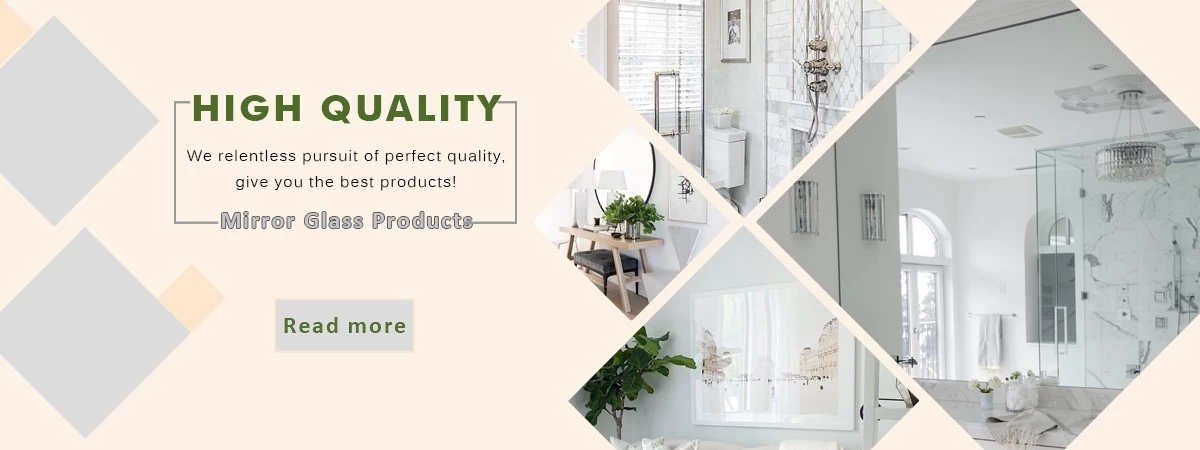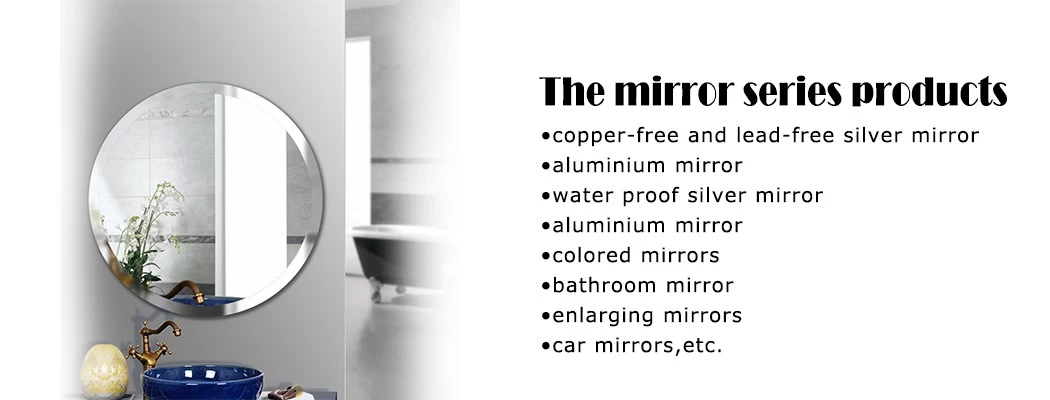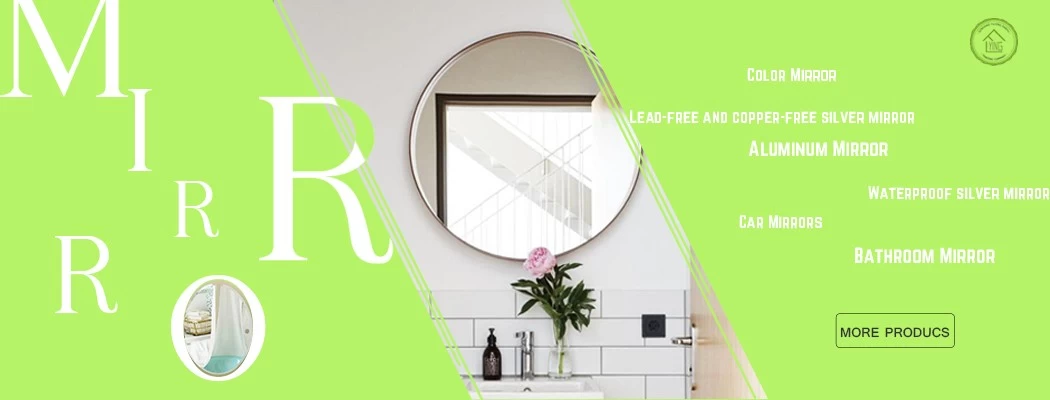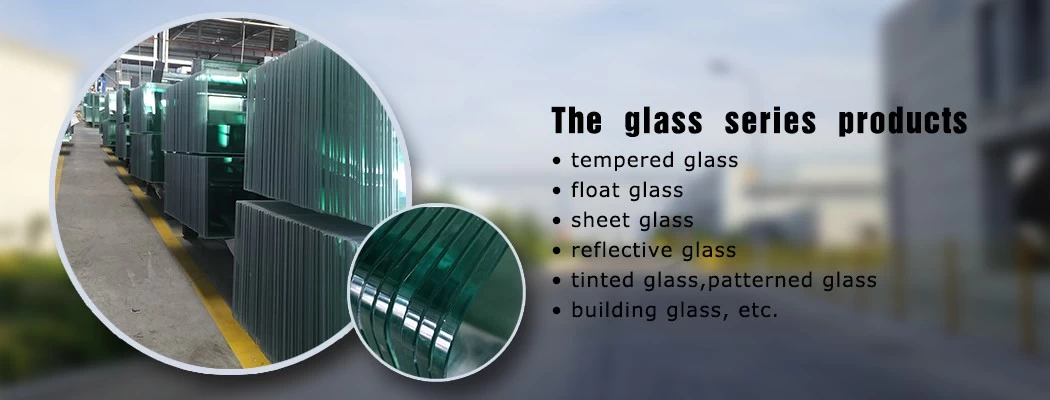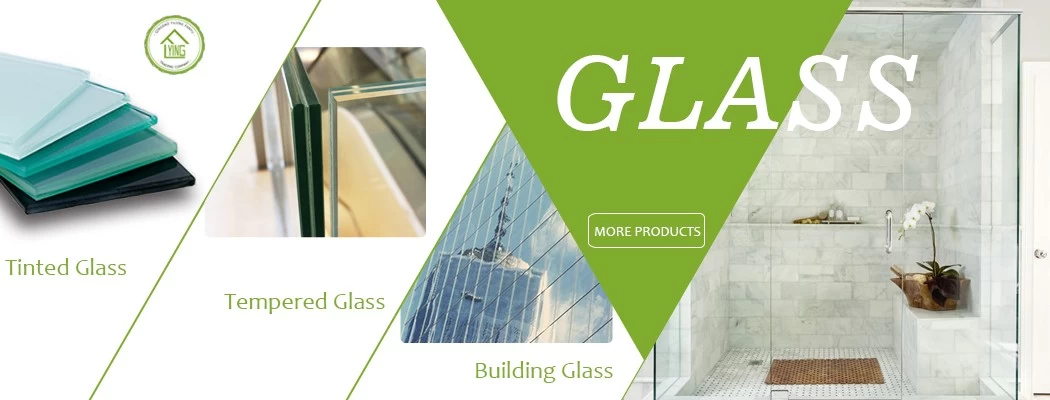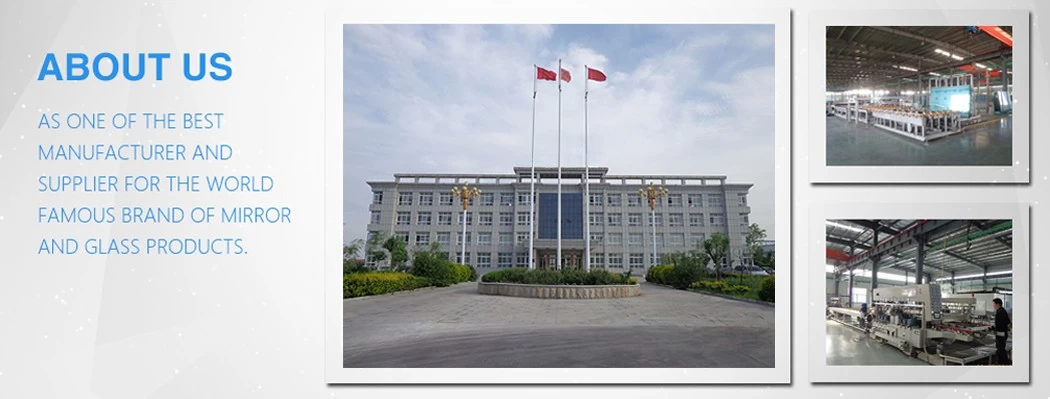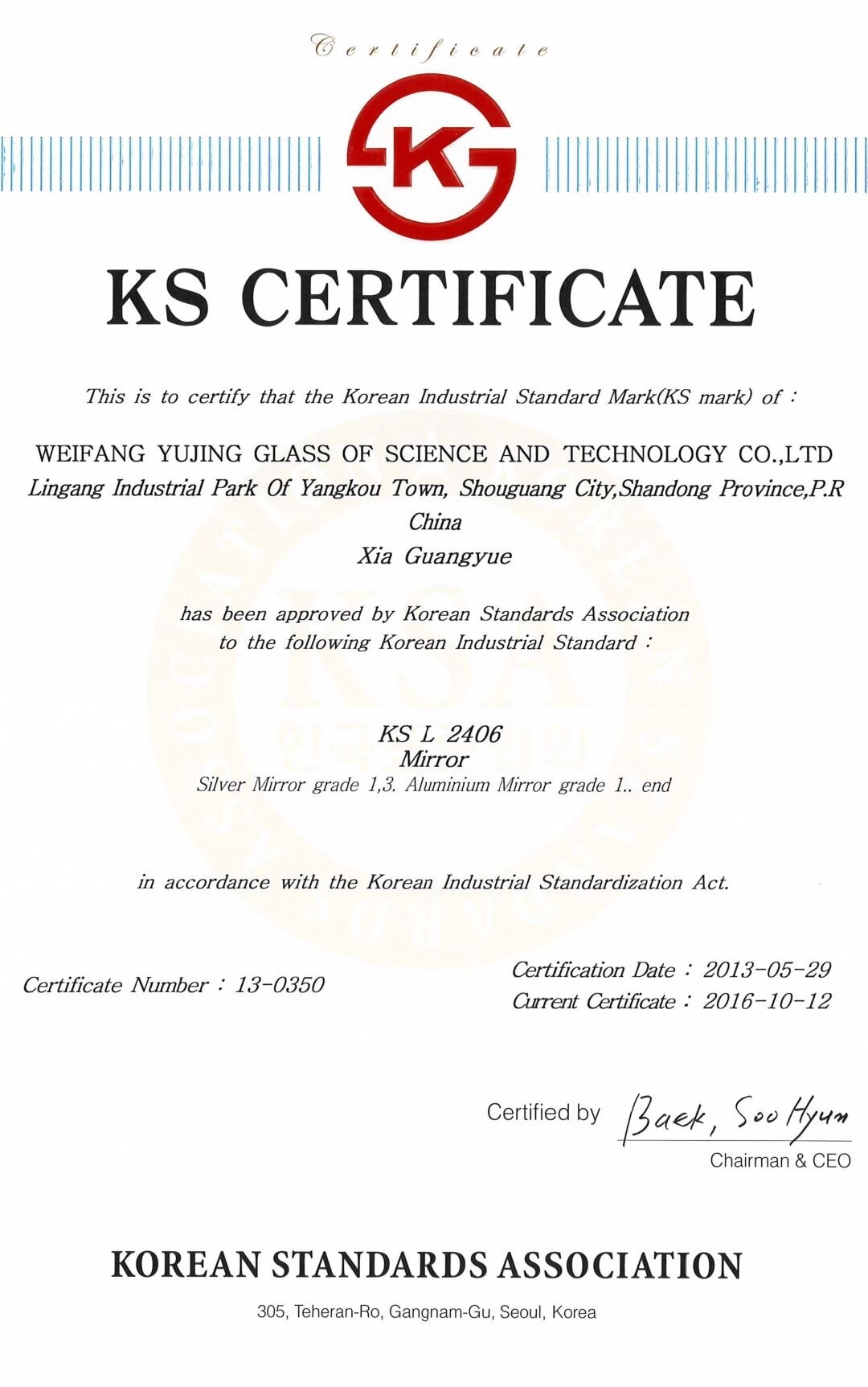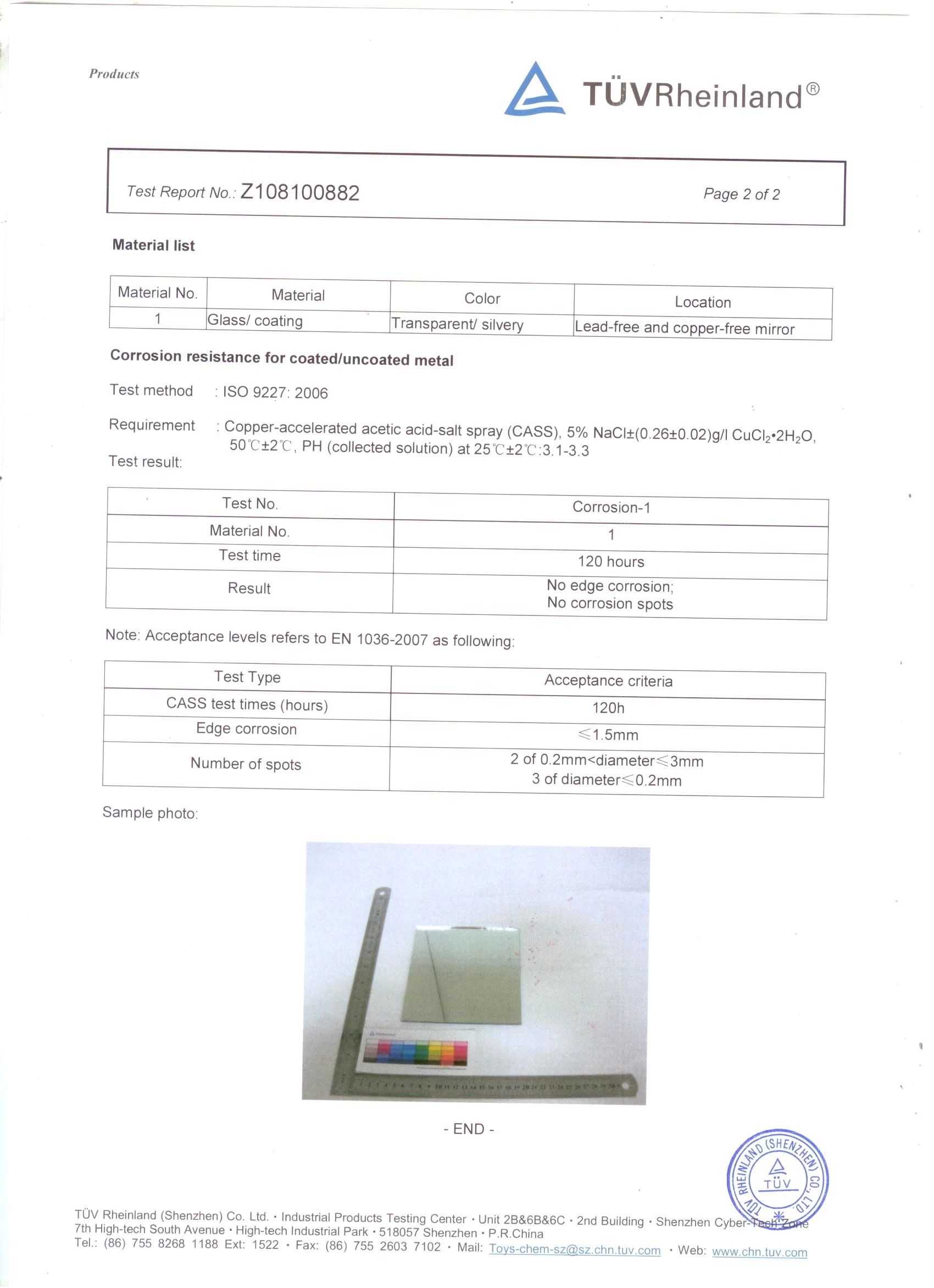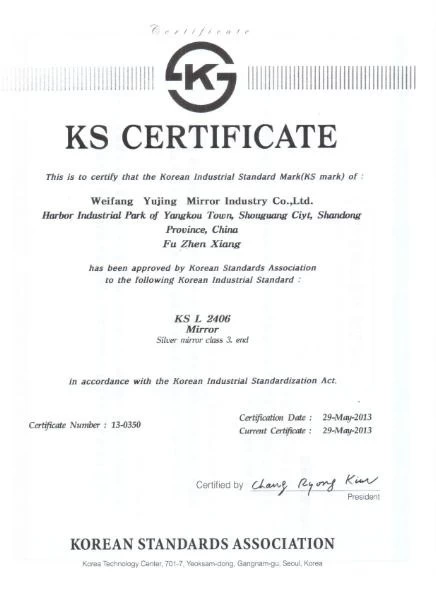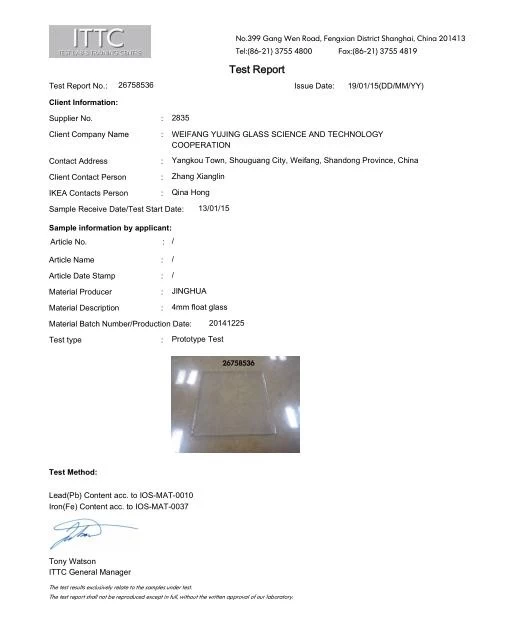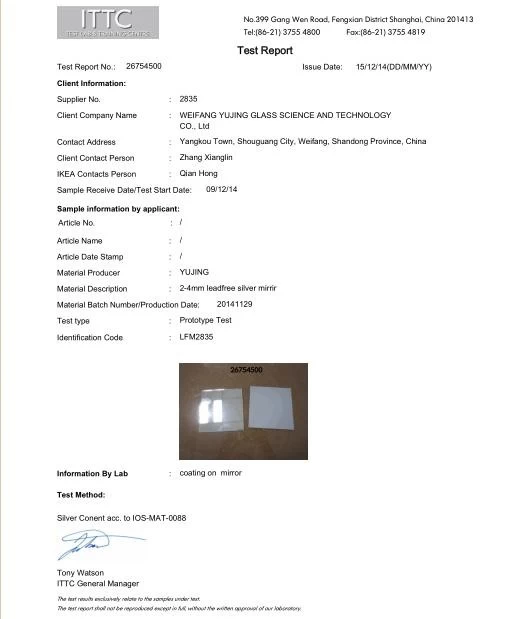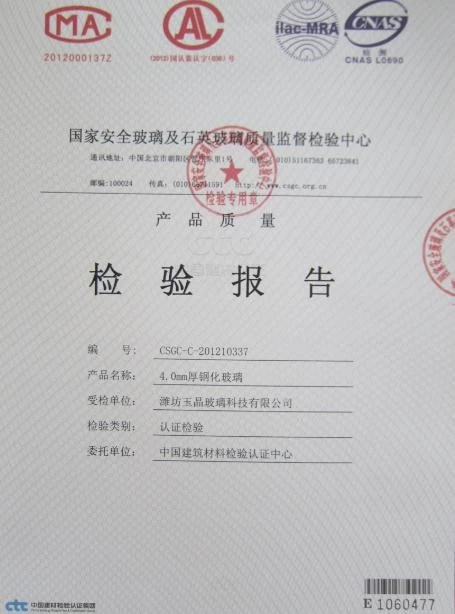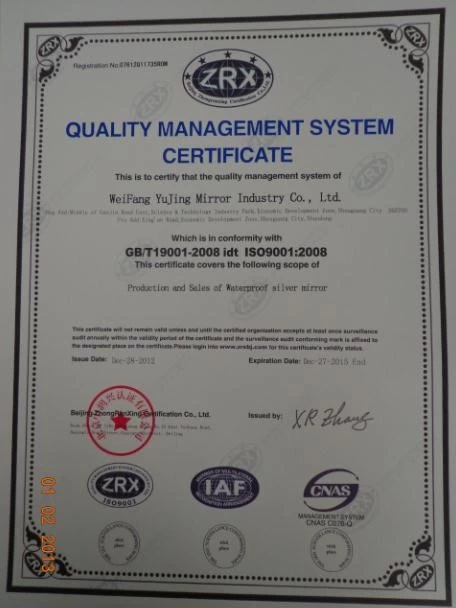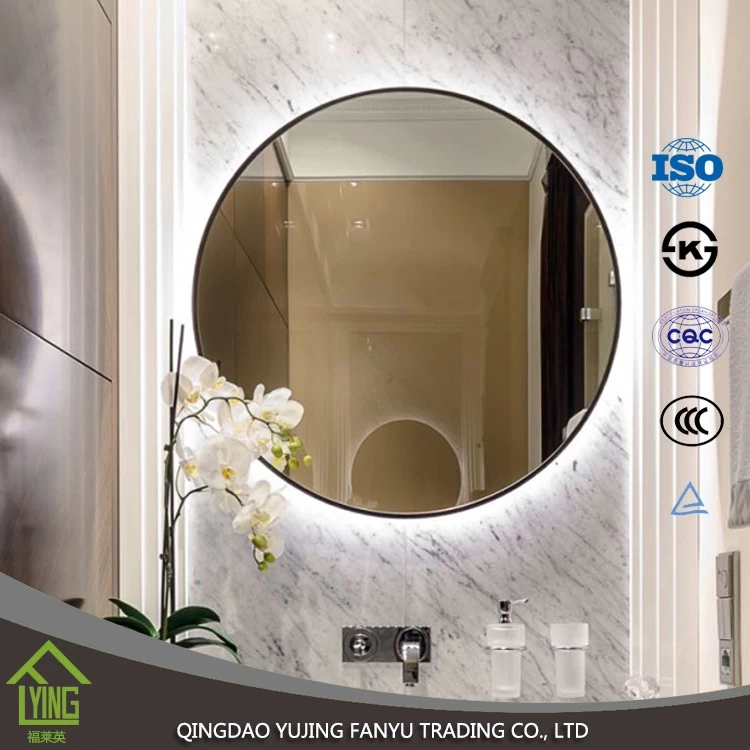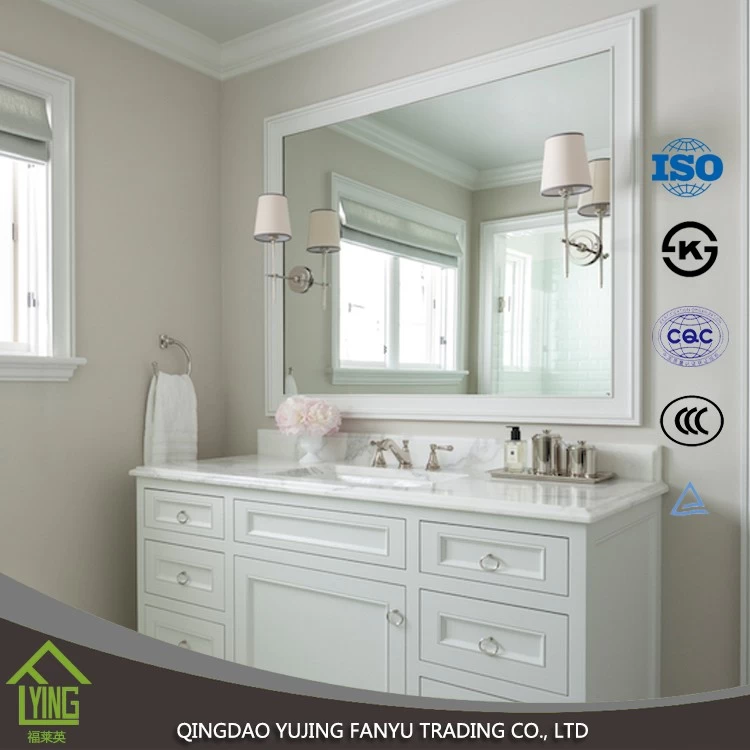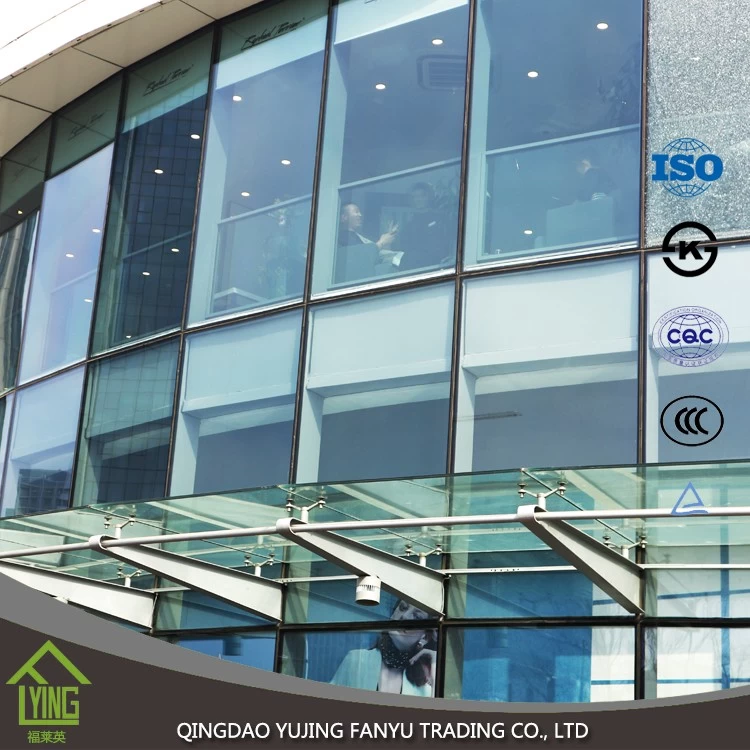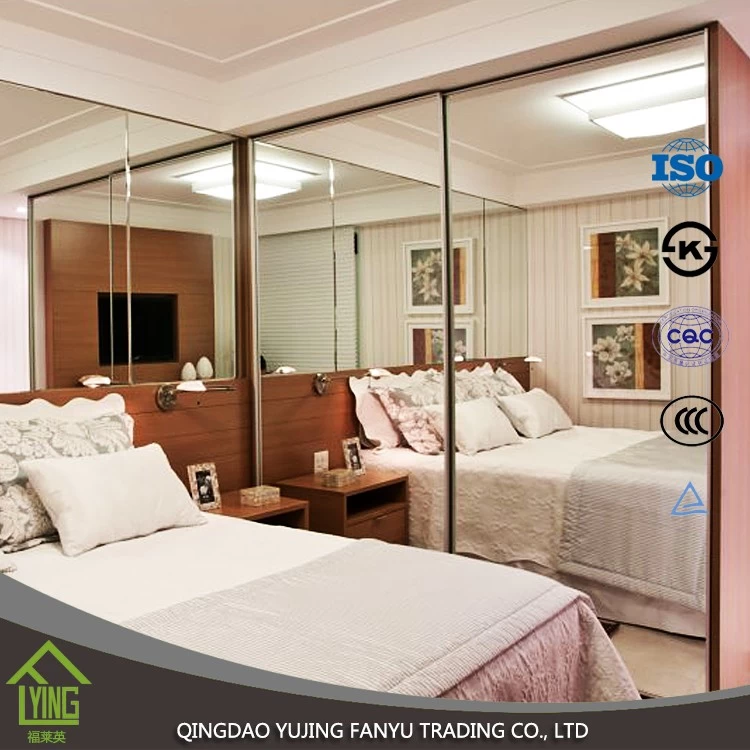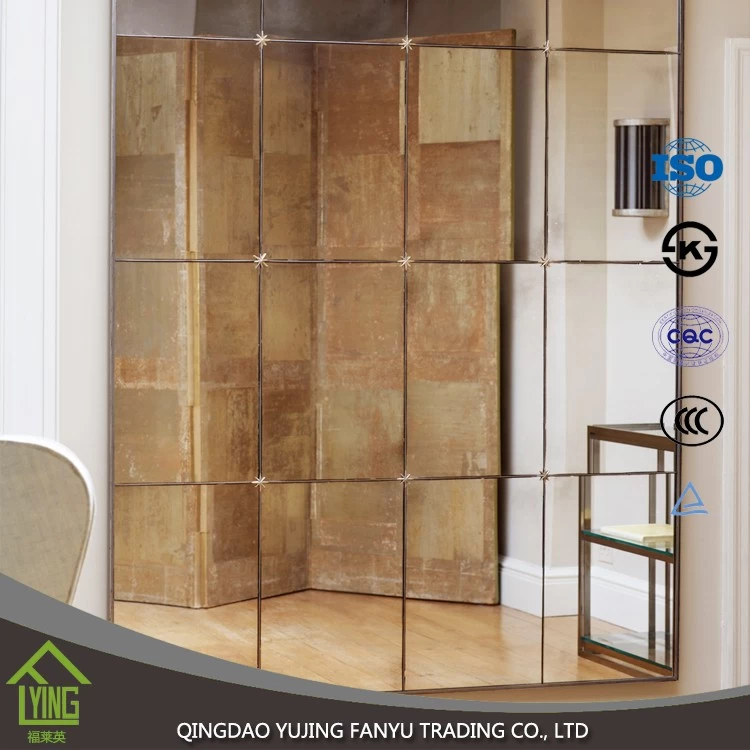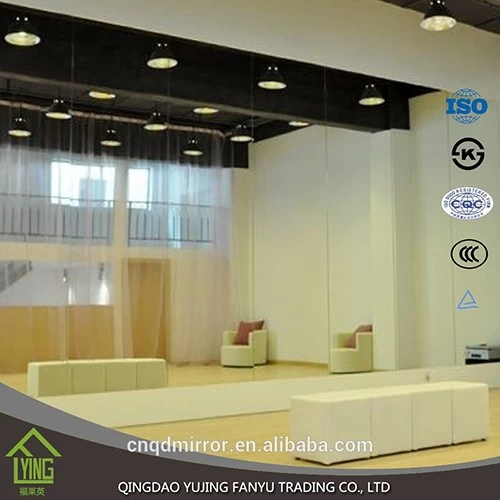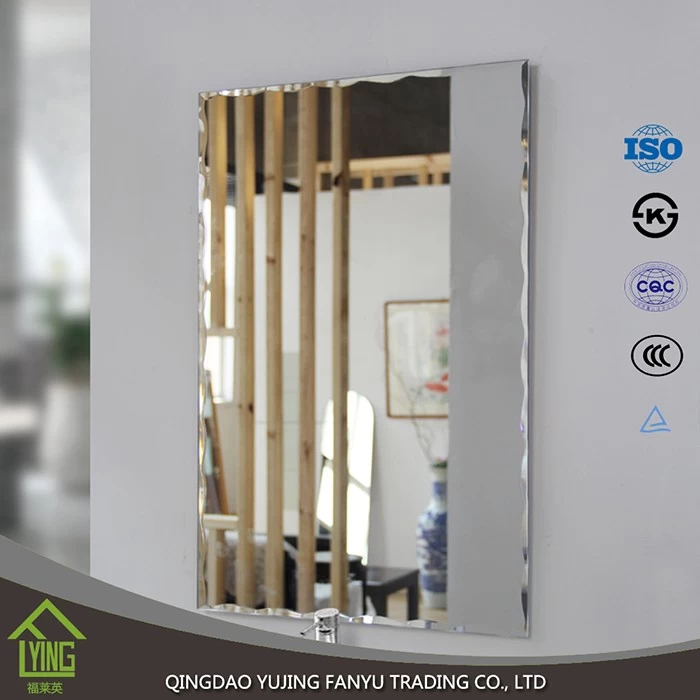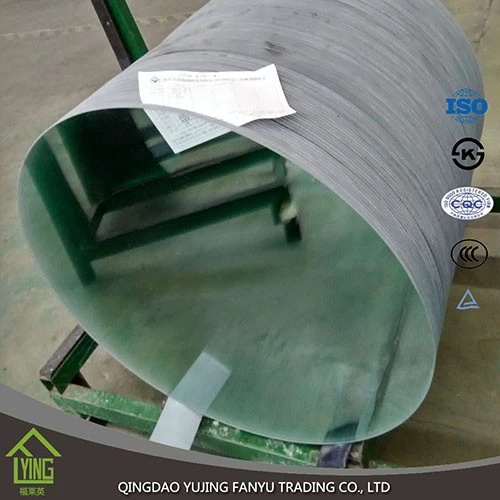Energy saving effect of inert gas in insulating glass
Fanyu
Chinamirrormanufacturer. com
2017-10-20 14:38:02
With the National Energy conservation policy more and more powerful implementation, building energy conservation requirements have gradually improved. The building glass also appears to the high performance insulating glass to upgrade the development trend, in addition to the continuous promotion of low radiation coated insulating glass, in the insulating glass middle layer filled with argon, helium and other inert gas inflatable insulating glass applications are more and more.
HollowGlassIn the inert gas relative to the air, the density is large, the coefficient of thermal conductivity is small, so it can slow down the heat convection in the middle layer, reduce the heat conductivity of the gas, thus reducing the heat transfer coefficient of insulating glass, and help to improve the insulating performance and energy saving effect of insulating glass.
Kinds of inert gases:
Inert gases include helium, neon, argon, krypton, xenon and radon, inert gases are colorless, odorless, non-toxic, gaseous single atom molecule, in the periodic table of 0 families, the outer electrons have reached saturation, the activity is very small. The inert gas used in insulating glass is generally: argon, krypton, Xenon.
In these three gases, argon in the air content of the highest, about 1% of the air, extraction is relatively easy, the price is lower, is filled with insulating glass air layer most commonly used inert gas.
Hollow glass filled with inert gas function:
The insulating glass is filled with inert gas, can increase the heat insulation function of the product, this is more advantageous to the energy saving than the glass which has not rushed into the insulating glass to the inert gas, achieves the following effect:
1, winter can keep the heat in the indoor, summer will be hot block in the outdoor, energy-saving and heat-preservation is duly!
After inflating, it can reduce the internal and external pressure difference, maintain the pressure balance and reduce the glass burst caused by the pressure difference. The k value of insulating glass can be effectively improved after filling in argon, which can: reduce the condensation of the glass in the room side
Improve the comfort level, inflatable hollow glass is not easy to appear condensation and frost, the outside world refreshing!
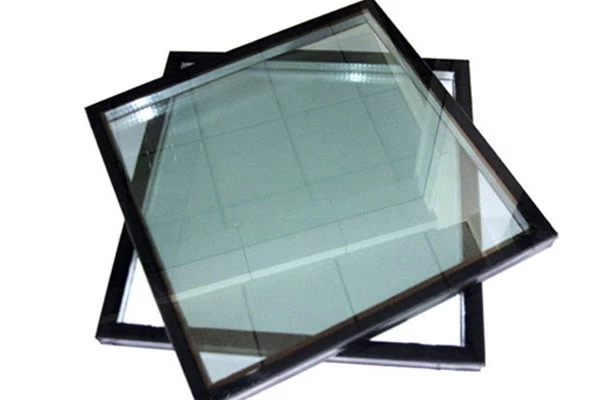
Because of the characteristics of argon as an inert gas, the heat convection in the insulating glass can be slowed down, and the noise reduction effect can be improved greatly:
2, so that insulating glass insulation better, improve noise-proof effect!
Because the gas is a dry inert gases, the hollow glass cavity with water can be replaced by the air, so that the environment in the cavity to keep dry, to extend the aluminum spacer frame of the molecular sieve service life.
Standard for inert gas of insulating glass:
There is no specific stipulation on how many inert gases are charged in the hollow glass industry, but in general, not less than 90%.
HollowGlassIn the inert gas relative to the air, the density is large, the coefficient of thermal conductivity is small, so it can slow down the heat convection in the middle layer, reduce the heat conductivity of the gas, thus reducing the heat transfer coefficient of insulating glass, and help to improve the insulating performance and energy saving effect of insulating glass.
Kinds of inert gases:
Inert gases include helium, neon, argon, krypton, xenon and radon, inert gases are colorless, odorless, non-toxic, gaseous single atom molecule, in the periodic table of 0 families, the outer electrons have reached saturation, the activity is very small. The inert gas used in insulating glass is generally: argon, krypton, Xenon.
In these three gases, argon in the air content of the highest, about 1% of the air, extraction is relatively easy, the price is lower, is filled with insulating glass air layer most commonly used inert gas.
Hollow glass filled with inert gas function:
The insulating glass is filled with inert gas, can increase the heat insulation function of the product, this is more advantageous to the energy saving than the glass which has not rushed into the insulating glass to the inert gas, achieves the following effect:
1, winter can keep the heat in the indoor, summer will be hot block in the outdoor, energy-saving and heat-preservation is duly!
After inflating, it can reduce the internal and external pressure difference, maintain the pressure balance and reduce the glass burst caused by the pressure difference. The k value of insulating glass can be effectively improved after filling in argon, which can: reduce the condensation of the glass in the room side
Improve the comfort level, inflatable hollow glass is not easy to appear condensation and frost, the outside world refreshing!

Because of the characteristics of argon as an inert gas, the heat convection in the insulating glass can be slowed down, and the noise reduction effect can be improved greatly:
2, so that insulating glass insulation better, improve noise-proof effect!
Because the gas is a dry inert gases, the hollow glass cavity with water can be replaced by the air, so that the environment in the cavity to keep dry, to extend the aluminum spacer frame of the molecular sieve service life.
Standard for inert gas of insulating glass:
There is no specific stipulation on how many inert gases are charged in the hollow glass industry, but in general, not less than 90%.

